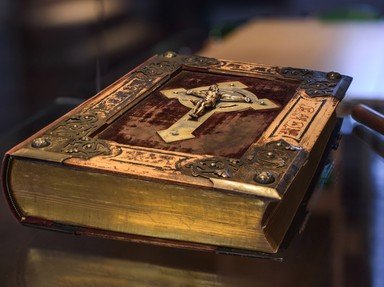
Old Testament Sites Trivia Quiz
You may be familiar with the names of these places mentioned in the Old Testament, but do you know where they were (or, in some cases, are)? The name of a Biblical character associated with each place is provided to jog your memory.
A label quiz
by looney_tunes.
Estimated time: 3 mins.
